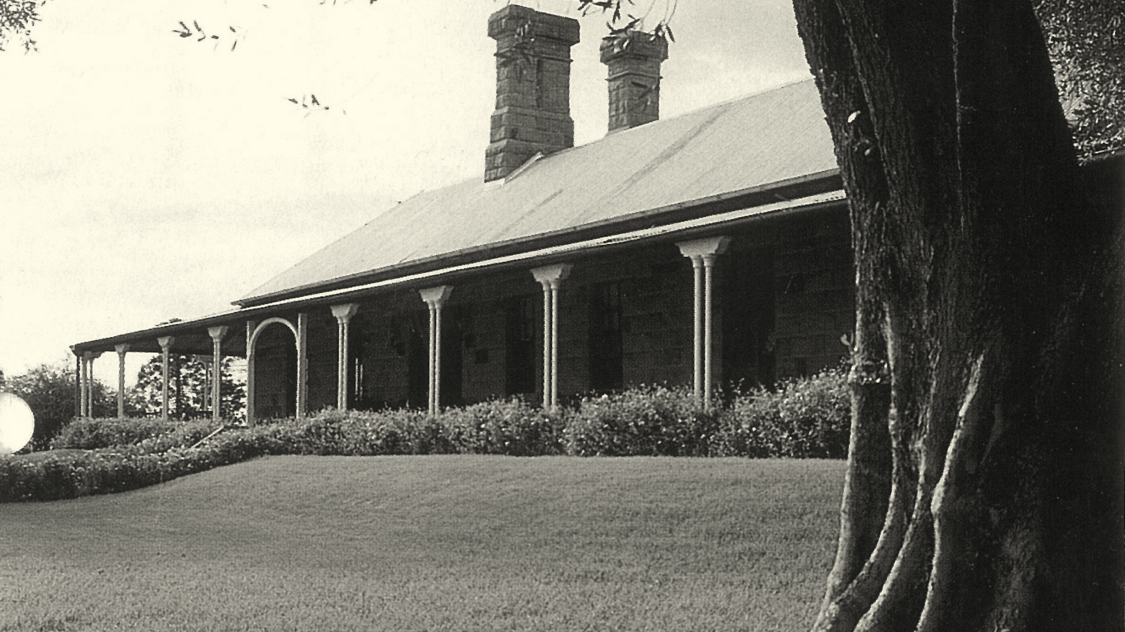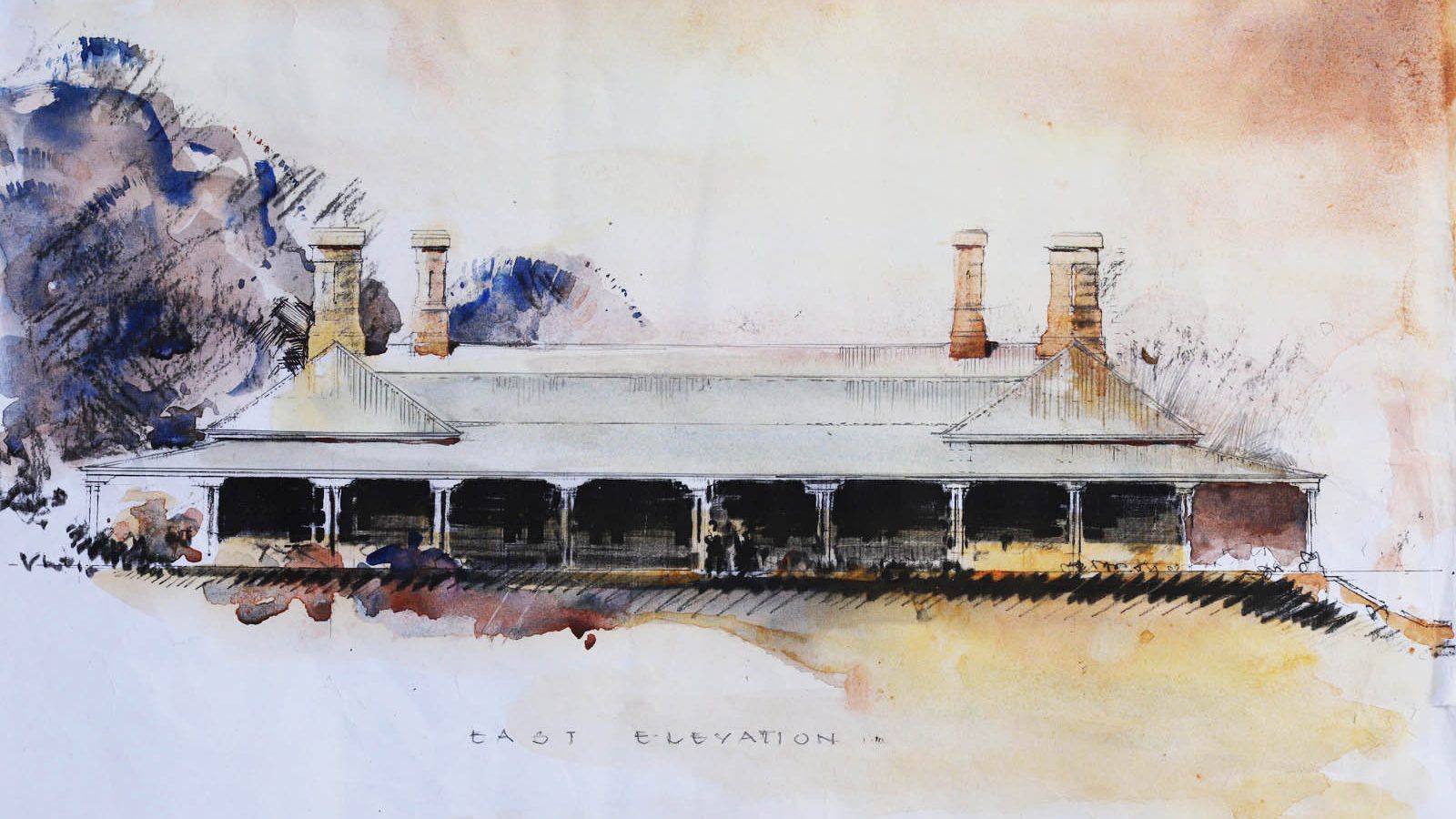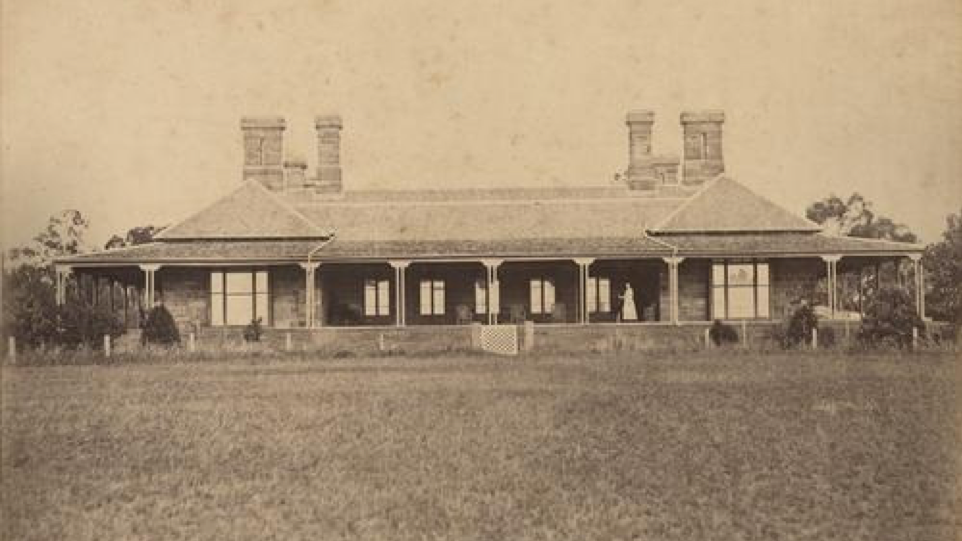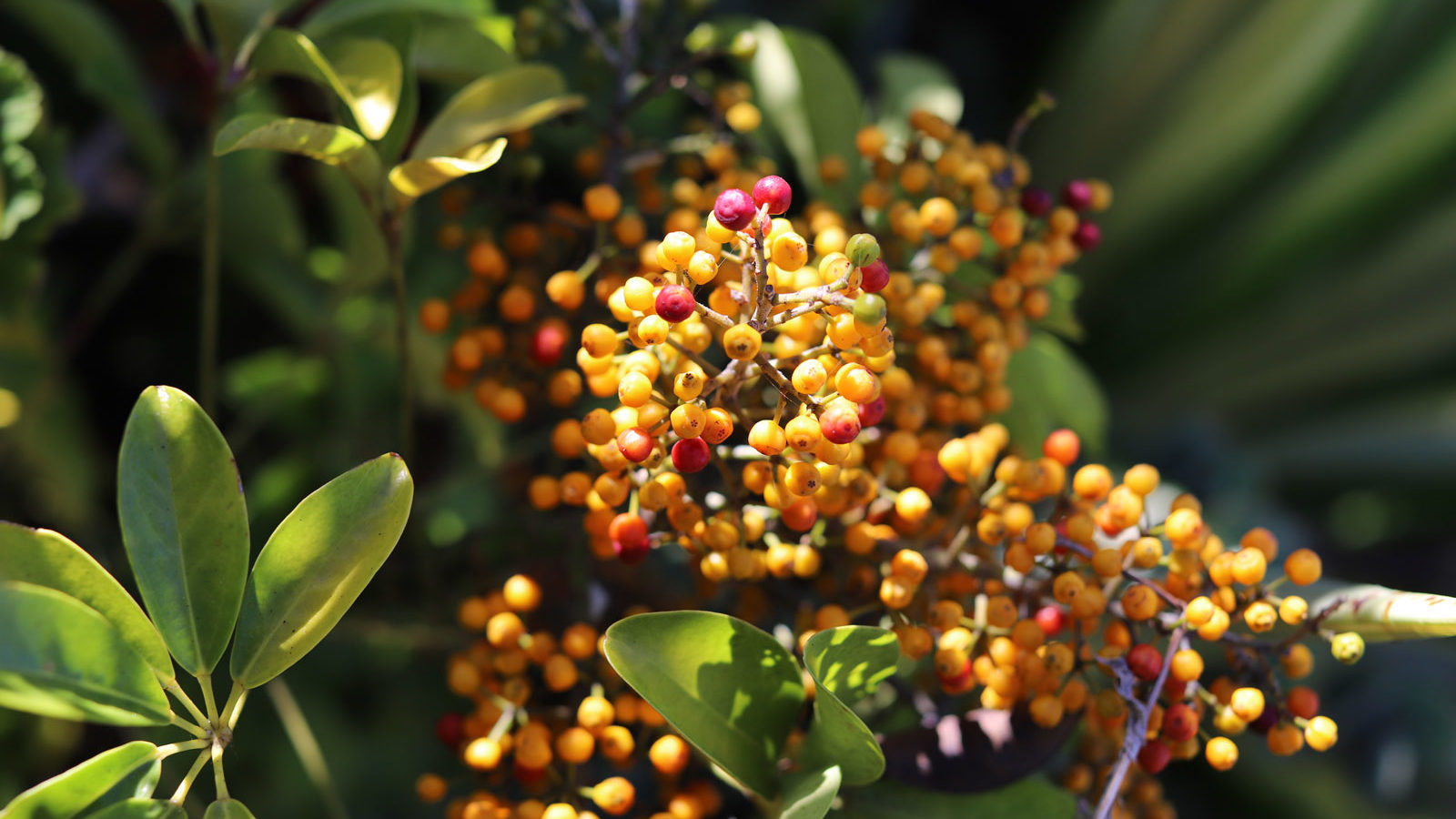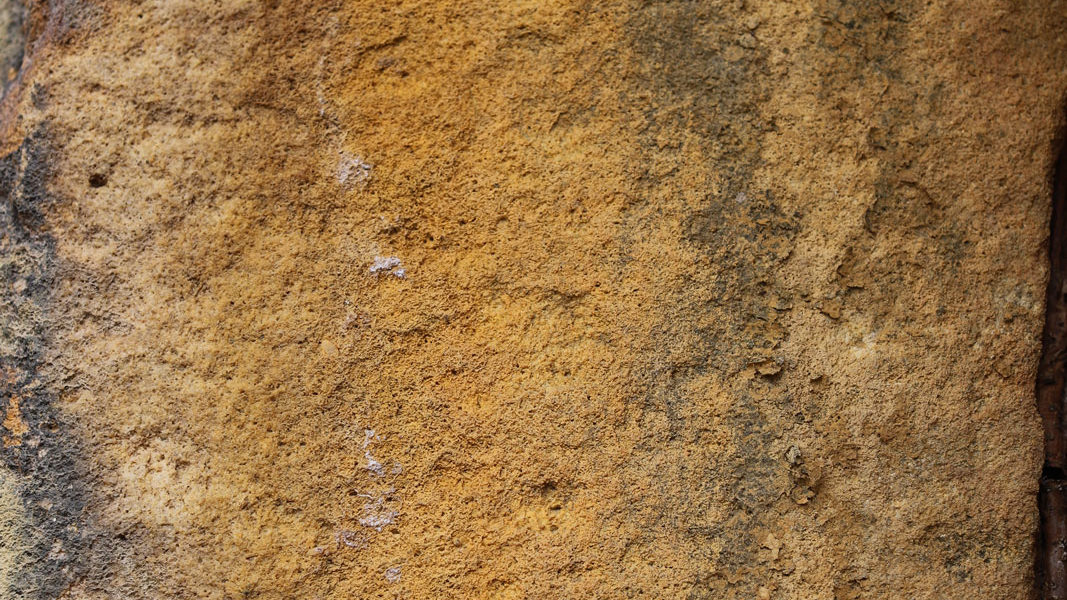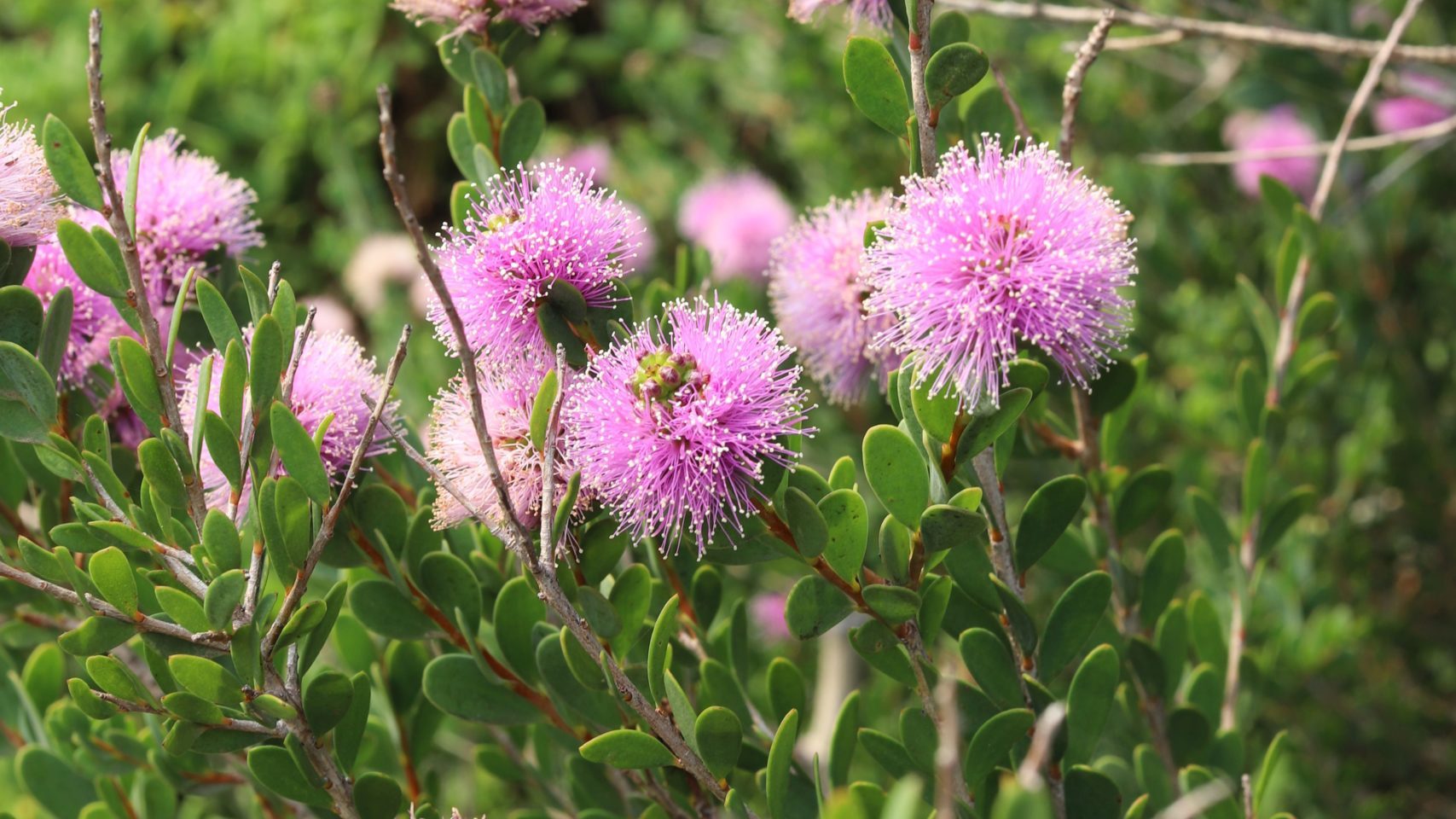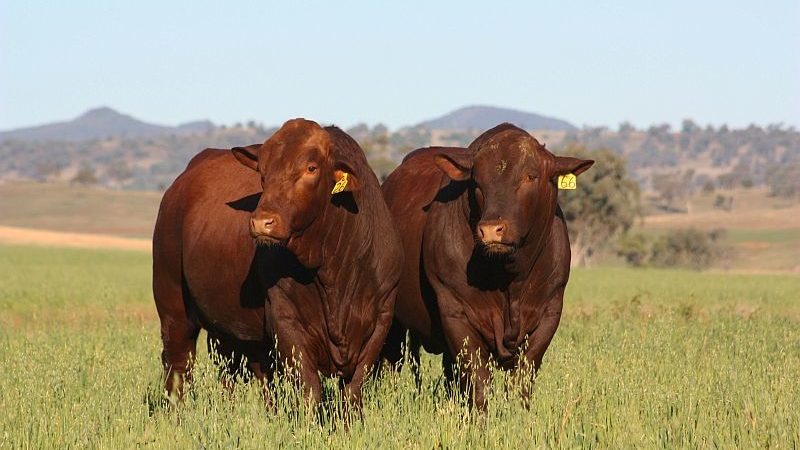Talgai Homestead, Allora, Queensland Australia
Talgai homestead at Allora Queensland is a unique example of a building that has arresting beauty and formidable architectural masculinity. The homestead is approached from an inconspicuous gravel driveway that leads to the house-paddock on a knoll overlooking 760 acres, half of its original land holding.
Property History and Signifacance
The homestead was built in 1868 near Allora on the Darling Downs plains for George & Ellen Clark who lived an affluent life at East Talgai. Clark who was a high priest of the Anglo-Catholic Church worked closely with his architect, Englishman, Richard George Suter to embody his principles of religion. However, neither his vision nor the result, were intended to be humble.
Talgai, originally known as East Talgai is important in the evolution of Queensland’s history. It reflects the earliest phase of pastoral settlement of the Darling Downs. It is a rare surviving example of the early affluent development that reflects the immense wealth that some of the early pastoralists were able to amass from wool production. The homestead has special association with the life and work of prominent 19th century English architect Richard George Suter (1827 – 1894) Talgai has significant design aesthetic and an exceptional example of his work. It also represents a long association with the Clark family who established the station and were an influential family in the evolution of the Darling Downs.
Architectural Features
The homestead plan is simply laid out in a narrow U-shape with an inner courtyard and single storey. Half-metre-thick stone walls are constructed from locally quarried sandstone and provide perfect insulation in a climate that runs extremes in summer and winter. Verandahs open out on three sides with the southern side enjoying views of a twisted forest of Brazilian figs. The east has a deep central loggia created by projecting northern and southern wings. The loggia is a large and spacious covered area for outdoor eating and entertaining. Open verandahs have skillion rooves with slender paired cast iron columns supporting large corbeled timber capitals.
Talgai has finely detailed Australian red Cedar windows and doors that contrast against the rock-faced external sandstone walls. Sandstone ashlar quoining is dressed around window and inward opening french doors with fanlights. Each projecting wing has a square timber bay with sash windows to floor level. The homestead has seven enormous rock-faced hob-nail chimneys that tower above the roof-line and help define the homesteads grand scale and impressive appearance. Early photographs show the original roof was of split timber shingles and pit-sawn spotted gum verandahs.
Special Comments from Chris Wilmar, Architect
Tagai picks up it’s subtle and simple lines from a rejection of decoration for decoration’s sake which makes it one of the most graceful and contemporary Australian homesteads. The previous owners Max & Roz Baldwin established a prize-winning herd of Santa Gertrudis and Simmental stud cattle after they purchased the property. For the past twenty-five years, Talgai has successfully operated as a guesthouse and has always been occupied. According to its previous owner, this is the source of its strength, however, every homestead has its ghost story, and this one revolves around the classic tale of ‘ love gone wrong’.
Look at other architectural properties in the Portfolio section of the website
Talgai POA, Our commission includes a 5% donation to the National Trust QLD Terms and conditions apply.
Description Talgai Homestead 56 x 76 cm portrait, 640gsm watercolour board, 1:100 Elevation & floor plan (unframed)


